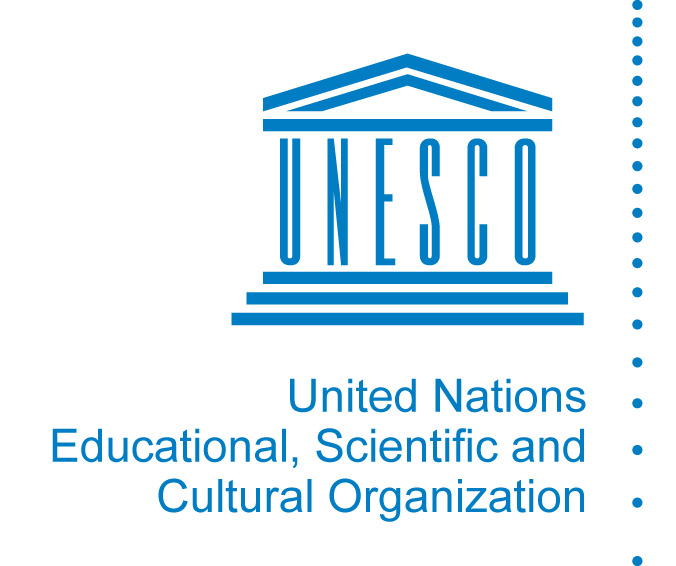Why work with teachers’ unions to address SRGBV?
Teachers’ unions represent the collective of teachers as employees. As such, they have strong legitimacy among teachers and play a key role in setting the standards, codes of conduct and practice, and employment terms of teachers.
As teachers play a key role in preventing and responding to SRGBV, teaching unions can support their members to access appropriate training and support on SRGBV, raise awareness about SRGBV, codes of conduct and positive discipline practices, and advocate at a national policy level.
|
Country example: Teachers’ unions in Malaysia design SRGBV action plan In 2014, teachers’ unions from Sarawak and Sabah in Malaysia met for a three-day workshop. They developed a joint action plan for addressing SRGBV, including a campaign, after concerns that the issue did not have enough political traction. Attendees noted that perpetrators are not always punished and victims may be transferred to another location or school. Source: Education International (2014a) |
Teachers also experience gender-based violence and abuse within education settings – an issue that has often been neglected. Research into violence against teachers has found that younger and newly experienced female teachers are most at risk (McAslan Fraser, 2012).
Several studies have found that abusive behaviour and attitudes about violence against women and children are often learned in teacher training establishments (Bakari and Leach, 2007). In many settings, research has shown that teachers themselves are perpetrators of SRGBV (Devries et al, 2015; Parkes and Heslop, 2011), so changing their behaviours and improving mechanisms for oversight of teachers are both critical for the reduction and prevention of SRGBV.
Teachers’ unions are therefore key partners in both changing teachers’ behaviours and experiences and in looking at the wider system of education to strengthen support, capacity and readiness to address SRGBV. With growing pressure on teachers worldwide to measure progress in more limited ways, such as enrolment, attendance or learning outcomes, teacher report that the well-being and wider development of learners can be sacrificed (UNAIDS IATT, 2015). Working with teachers’ unions can help education systems to give teachers the mandate to better promote students’ social and emotional well-being and create safer learning environments to this end.
Teachers’ unions should be involved in raising awareness of SRGBV among their members, producing tools and materials and training teachers. A survey of teachers’ unions affiliated to Education International (a federation of over 400 teachers associations and unions around the world) found that only about half of the 125 respondents from different regions were already involved in these types of SRGBV initiatives (Education International, 2014). Teachers also suggested that ministries of education could do more to support them to address SRGBV. They could, for example, provide better and more training, professional guidance, stronger teacher resources, as well as clear written codes of conduct and ethics on SRGBV. Some went further to request legal reforms and improvements in infrastructure and access to other services, such as psychosocial support (UNAIDS IATT, 2015).
|
Practical action – What can teaching unions do to address SRGBV? In November 2013, UN Girls’ Education Initiative (UNGEI) and Education International (EI) held a joint workshop to explore how to support teachers to take leadership in addressing SRGBV. Some ideas on specific actions teachers could take included:
Source: UNGEI (2013) At the 2014 EI World Women’s conference, the issue of SRGBV was high on the agenda, with the following key conference recommendations:
Source: Education International (2014b) |
See section on Further resources on partnerships for more information and tools on partnerships with teachers’ unions.
